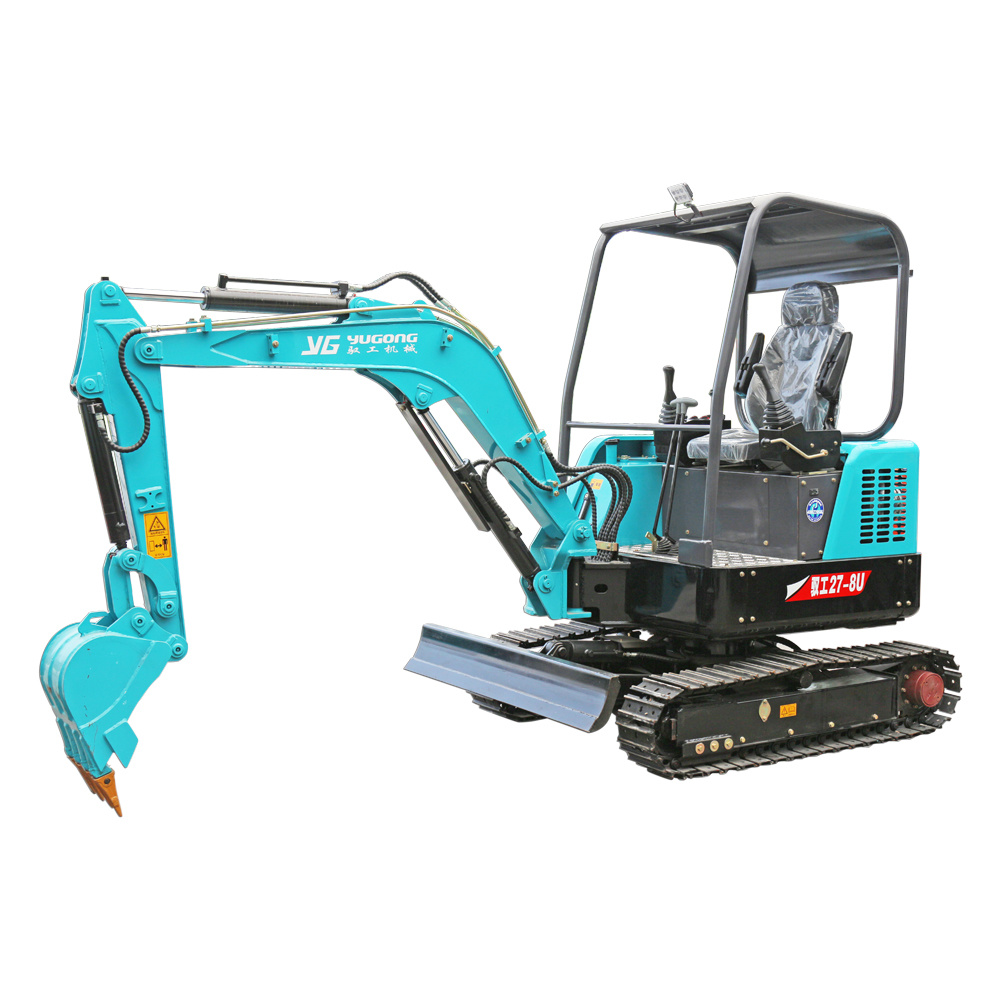Excavators are beneficial and robust machines. You can see them on several building sites, landscaping projects, and demolition sites. It usually allows for deep digging into the ground, making room for whatever you’re working on. You can, however, transform them into a jackhammer, a mower, a clamp, and other instruments with the help of attachments. Attachments can expand the machine’s capabilities, allowing you to accomplish more with a single unit. You can save money while also increasing efficiency. Continue reading to learn about the many excavator attachments available.
Types of Attachments
You can find attachments for compact excavators, crawlers, and other machines. Almost majority of them come with quick-attach hardware, allowing you to switch the tools as needed. Here are some of the most valuable attachments for various tasks.
-
Augers
Augers are a type of drilling accessory that allows you to drill deeper into the earth. They have a spiral shape that moves the dug soil out of the hole. They’re prevalent on home improvement projects, where they’re used to drill holes for pillars and plant trees and shrubs.
-
Buckets
Buckets are typically made of solid steel and include teeth on the digging edge to aid penetration. The buckets come in a variety of shapes and sizes, including:
- Digging or standard Buckets
- Heavy Buckets
- Severe Buckets
- Narrow Buckets
- Trenching Buckets
- Skeleton Buckets
- Grading Buckets
- V-shaped buckets
-
Hammer
You can use the hammer attachment to break up a massive track of material, such as stone or a slab of concrete. It’s also known as a breaker or hammer-breaker, and it functions similarly to a giant jackhammer, breaking up the material with significant impact.
-
Mower for Flails
A standard mower can’t handle some landscaping jobs, which is where the flail mower comes in. You may use it to cut more rigid objects like tall grass and shrubs by angling it like a hedge trimmer. Permanent things, such as rocks or the edge of a road, bounce the flails. It offers them an advantage over regular mowers, which frequently toss boulders and other items when they come into contact with them.
-
Blade for Grading
A grading blade or bucket can aid in the preparation of a flat surface for various applications. You can adjust the blade’s angle and height to achieve the desired level of surface grade. For small and regular excavators, this instrument is also known as a grading bucket.
-
Grapple
A grapple is a frequent excavator attachment for forestry work, but you can also use it in demolition, garbage processing, building, and other applications. It grabs materials with two massive, curved clamps, which are generally irregularly shaped or uneven.
-
Ripper
A ripper is a simple-looking tool with a pointed end that you can use to rip through rugged terrain or frozen surfaces with great force. You can use it to rip up and loosen the earth and remove embedded materials such as stumps and root systems.
-
Thumbs
The thumb is a large clamp that you can use to keep materials in a bucket in place. To keep the contents inside the bucket in place, it presses down on them. Many people use it to grip unusually shaped things that wouldn’t fit in other areas, such as demolition rubble or tree stumps. It’s a popular excavator attachment for demolition, but it’s also useful for different tasks.
